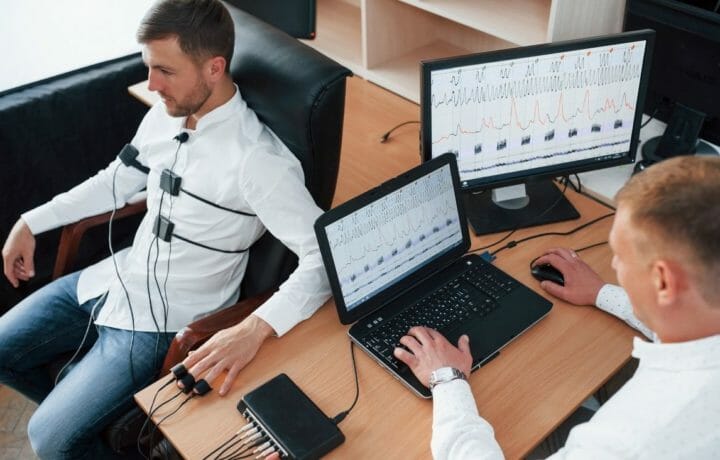Despite overwhelming evidence that polygraphs are ineffective, they remain a staple in the security clearance process. Why does this outdated method persists and what are its implications for the cleared community?
Polygraph Flaws
Polygraphs, often referred to as “lie detectors,” are widely used in security screenings and criminal investigations. However, their effectiveness is highly questionable. The American Psychological Association (APA) states that there is little evidence supporting the accuracy of polygraph tests in detecting lies. The physiological responses measured by polygraphs—such as heart rate, blood pressure, respiration, and skin conductivity—are not uniquely linked to deception. These responses can be influenced by a variety of factors, including anxiety, fear, and even the pressure of the test itself.
A comprehensive review by the National Research Council found that polygraph tests are not reliable indicators of truthfulness. The study highlighted that the theoretical basis for polygraph testing is weak, and the physiological responses measured do not consistently correlate with deception. Furthermore, the accuracy of polygraph tests can be compromised by the examiner’s subjective interpretation and the test’s administration conditions.
The Psychological Impact
The psychological impact of polygraph tests is significant, particularly on innocent individuals. The stress and anxiety induced by the test can lead to false positives, where truthful individuals are incorrectly identified as deceptive. This is because the physiological responses measured by the polygraph can be triggered by nervousness or fear of the test itself, rather than actual deception.
Innocent individuals may experience heightened stress due to the high stakes of the test, such as the potential loss of a job or security clearance. This stress can skew the results, leading to unjust outcomes. The belief in the polygraph’s accuracy can also create a psychological burden, causing undue distress and potentially deterring qualified candidates from pursuing careers that require security clearances.
Faulty Science Behind Traditional Techniques
The Reid Technique, also known as the Behavior Analysis Interview (BAI), is another widely used method for detecting deception. However, it is based on flawed assumptions and outdated science. The technique assumes that suspects are unwilling to talk and that liars are less comfortable than truth-tellers during interviews. Research has shown that these assumptions are myths, yet they remain central to the technique.
The Reid Technique focuses on verbal cues rather than non-verbal behavior, which has been shown to be less reliable in detecting deception. Additionally, the technique relies heavily on confessions and “factual analysis” to validate its effectiveness. However, coerced confessions are not scientifically valid, and the so-called “facts” used in this analysis are often subjective assessments by the detective.
Critics argue that the Reid Technique can lead to false confessions. It’s particularly an issue for vulnerable populations such as juveniles, non-native speakers, and individuals with mental disabilities. The technique’s confrontational nature and reliance on psychological manipulation can pressure innocent individuals into confessing to crimes they did not commit
Cognitive Lie Detection: A Promising Alternative
Recent research has identified cognitive lie detection (CLD) as a more effective method. CLD involves:
- Imposing Cognitive Load: Lying requires more cognitive effort than telling the truth. Techniques like telling a story backwards can increase this load, making it harder for liars to maintain their deception.
- Encouraging Detailed Responses: Truth-tellers tend to provide more detailed accounts. By encouraging interviewees to elaborate, discrepancies in a liar’s story become more apparent.
- Asking Unexpected Questions: Liars often prepare specific stories. Unexpected questions can reveal inconsistencies that a truth-teller would not struggle with.
Studies have shown that CLD can be up to 74% effective, significantly higher than traditional methods.
Research will continue to highlight the flaws in these techniques. It is crucial for law enforcement and security agencies to adopt more scientifically sound methods like cognitive lie detection. This shift will improve the accuracy of deception detection. But it also ensures that qualified, innocent individuals are not unfairly excluded from the cleared community.



